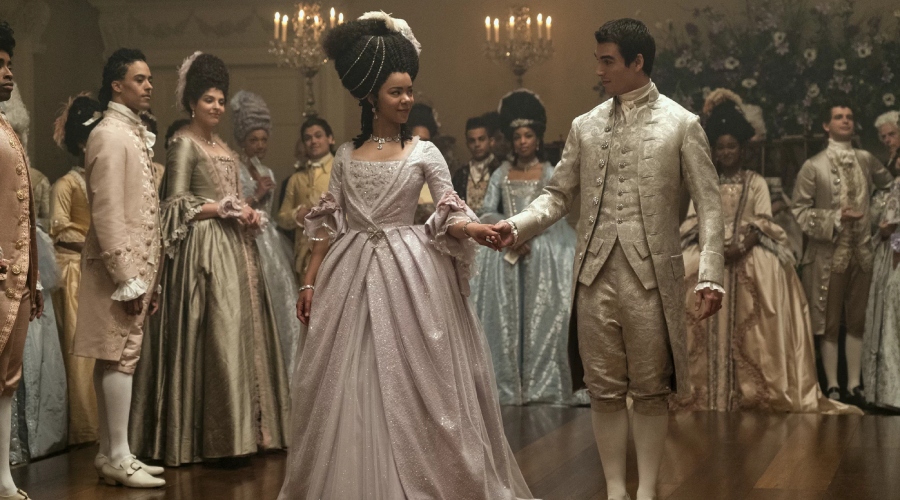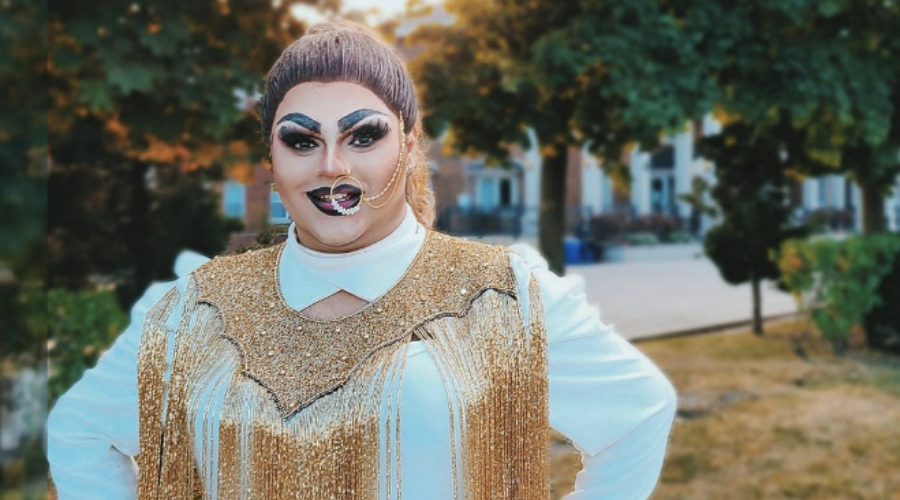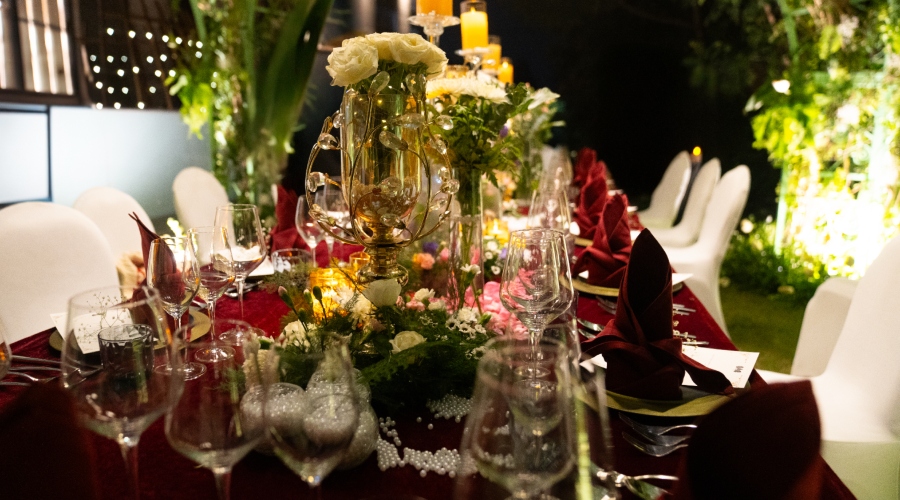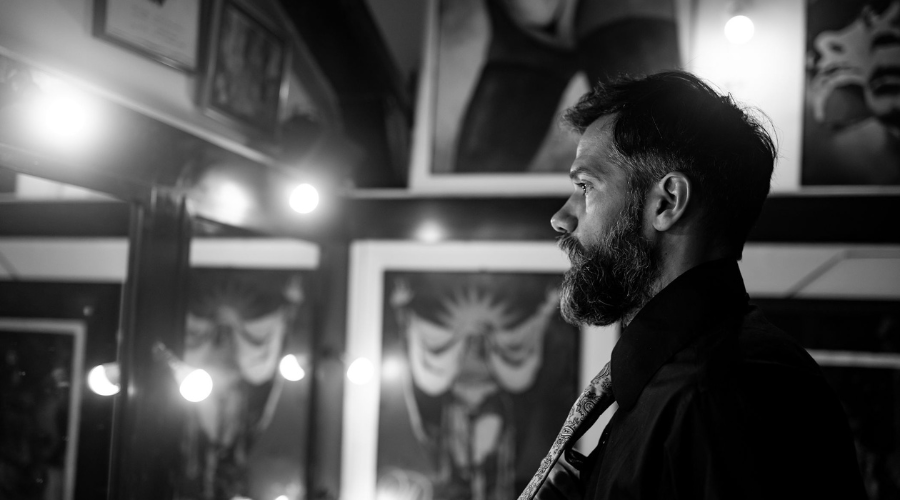Listening to Thuvaraha talk about her heritage feels like a homecoming. As an Eelam Tamil, her voice echoes with familiarity as she talks to me, a South Indian Tamilian. The words roll off her tongue rapidly as she speaks with a tangible passion about the deeply personal ways in which language is a bond that lasts long after physical ties to a home nation are severed.
Describing herself as an ‘independent amateur researcher of Tamil and Lankan history’, this graduate in Archaeology and Ancient History now works in the education sector. “One of the main reasons why I opted to become an independent researcher is because I couldn’t see myself fitting into traditional Western academia. Through this account, I can research my interest on my own terms regardless of what others may think,” she explains in a post on her Instagram page. “My page has a lot of educational information but I’m learning as well. I have never claimed to be an expert researcher or historian. I’ve always called myself an amateur because I’m learning and regurgitating that information by simplifying articles and books I have read to make it easier for people to understand,” she explains.

Inspired by a love for southern languages and the matriarchial structure of the Eelam Tamils, she named her page, ‘Dravida Arasi’, which when literally translated, means ‘Dravidian Queen’. “Speaking as someone from the diaspora, I have noticed that within Tamil Nadu and within India, there is fierce opposition to the word ‘Dravidian’ because of its association with political parties in the state – there are a lot of implications of that and how it spreads online and I am aware of that. To me, ‘Dravidian’ just refers to the languages of southern India. And I do want to incorporate more information on languages like Telugu, Malayalam and Kannada. So, despite people writing to me and asking me to change my username, I don’t think I will.”
Born in Sri Lanka, but moving to England during the Sri Lankan Civil War at the young age of 2, Thuvaraha’s identity was shaped by her language. “Even when I was a child, I didn’t know what country I was from, but I knew I was a Tamilian.”

I ask her why the curation of Tamil identity means so much to her. “The more you try to repress something, the more pronounced and important it becomes,” she tells me, “whether it be religion or culture. With Eelam Tamils, I have always been aware of my heritage because it was trying to be erased. The burning of the Jaffna Library is an event that is etched in my memory; everyone from the Eelam Tamil community, no matter where you go, will talk about it; it features in a lot of our songs too and is referred to repeatedly because it such a cultural shifting moment; we were aware that they were trying to strip us of our roots, so we needed to hold on to it tighter.“
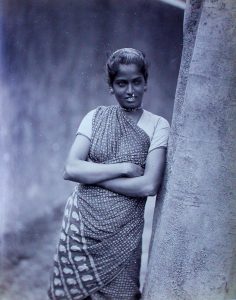
Her page features a compelling range of topics from Kallangal (a game of Five stones), traditional ear ornaments and Lungis to Tamil drama theatre, the celebration of Karthigai Deepam and the role of Ayahs. When I ask her about her favourite topic of curation, her voice comes alive with great enthusiasm, “I love learning about the creation of Tamil identity. As an Eelam Tamil, I’m very appreciative of Indian Tamil music and movies because in some sense it helps us keep our culture alive and that has been a crucial part of our influences while growing up because it helped popularize Tamil culture with the young kids, or those leaving and going to a foreign land, but it also saddens me because most of the Tamil experience is catered solely towards Indian Tamils and a lot of those with diaspora and different identities are sort of left out,” she recalls.

Some of her future areas of interest are slightly more controversial. “I really want to learn and feature more about Tamil religion, even the one that came before Hinduism – the indigenous beliefs that were absorbed into Hinduism that were not part of the original pantheon. It is very interesting and inclusive. I found the Tale of Alli incredibly fascinating – a ruler who created a kingdom with solely female subjects but whose own gender and sexuality was ambiguous. I also wrote a post about Ravana – the Sinhala community views Ravana as an indigenous Yakkha god – and disregards his origin as an Indian Brahmin (so do Eelam Tamils). Eelam Tamil and Sinhala communities view him as a cultural hero. This is an example of how fluid and adaptable mythology can be.”
Her page also intentionally puts many female-centric stories in the spotlight, such as that of Andal, a 9th-century Bhakti poet; Muddupalani, an 18th-century Telugu poet working as a devadasi in the Thanajavore Empire; as well as Queen Anula, the monarch of Anuradhapura, all of whose works have elements of sensuality, directly defying the Tamil woman’s predominant role as a cultural marker or bearer.

The response from her following on Instagram is overwhelmingly positive – the comments section bears testimony to the freedom and sense of belonging that this rigorously researched information affords them. But perhaps it is the candid manner with which Thuvaraha speaks of this endeavour or a sense of reasonable detachment from the appreciation of her social media following, Dravida Arasi feels less like an anthropology page and more like an encounter with a wise and familiar, long-lost ancestor.
Thumbnail image:A Tamil woman. Credit: Staatliche Museen zu Berlin, Ethnologisches Museum
Banner image : Shankardas Swamigal’s Tamil drama group during their visit to Lanka in the 1890s. This image was reproduced as a postcard 15 years later and circulated around the British colonies



